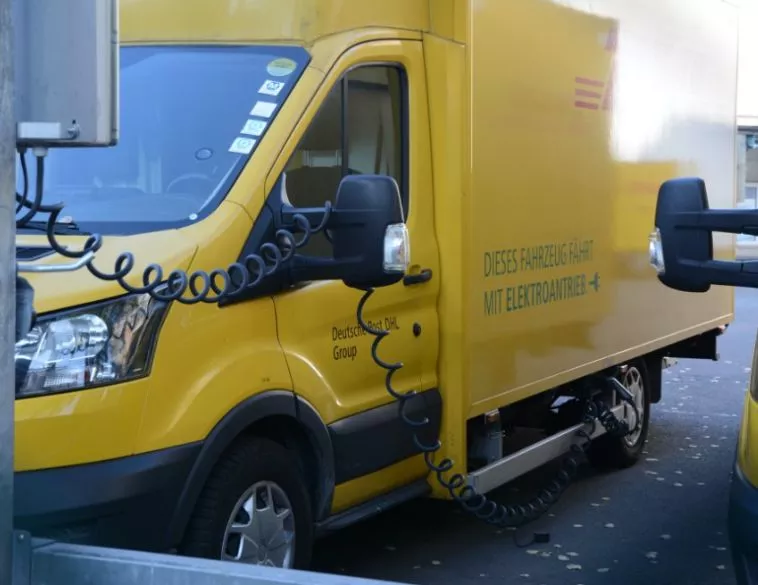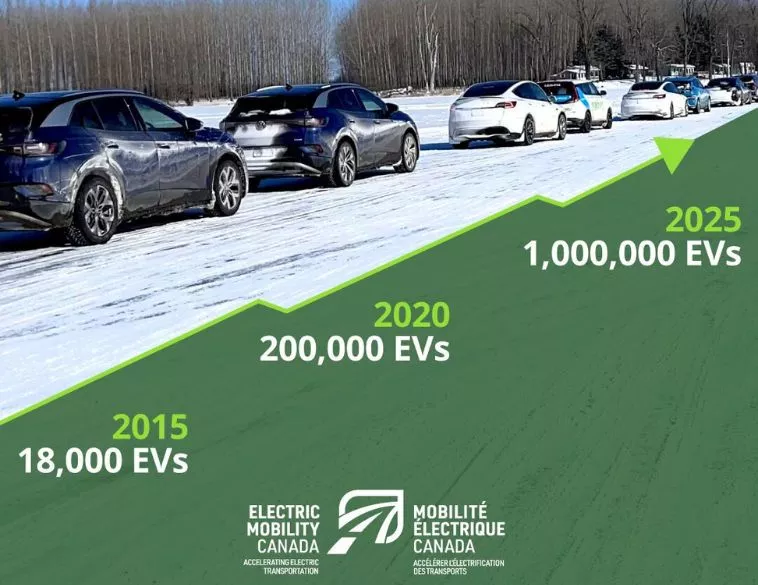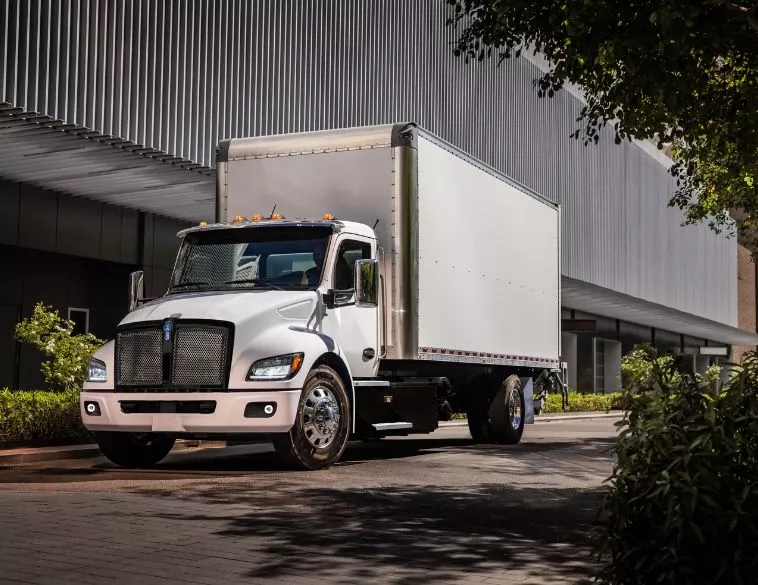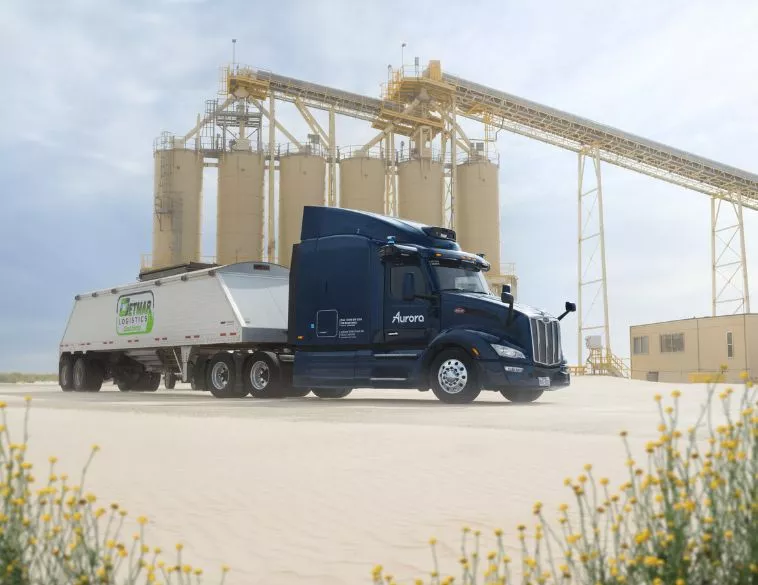More electric trucks in Greater Toronto and Hamilton
A new report from the Pembina Institute, Locating Charging Stations, finds that a third of trucks in the Greater Toronto and Hamilton Area (GTHA) could switch to electric models today — and many more could follow if charging infrastructure is built where it's needed most.
Using real-world data such as traffic volume, stop duration, and frequency, the report identifies 17 priority zones across the GTHA for the first wave of public charging stations for electric trucks and vans.
High-priority postal code areas include:
- Toronto: M9W, M9V, M9L, M3J, M4M
- Brampton: L6S, L6T, L6W
- Hamilton: L0R, L8H, N0B, L8E
- Mississauga: L4T, L5W, L4W
- Markham: L3T, L6G
“Anonymized real-world data from thousands of Canadian trucks shows freight activity isn’t spread out evenly — it’s concentrated in a few key zones,” said Chandan Bhardwaj, Senior Analyst at Pembina. “Just 10% of postal codes account for half of all truck traffic. That means we don’t need chargers everywhere — we need them in the right places.”
Charging Today, Competing Tomorrow
Ontario currently has just 20 fast public chargers for medium- and heavy-duty vehicles. To meet future demand, the province must increase that number fivefold by 2030 and twentyfold by 2035.
Without timely infrastructure investment, Ontario risks falling behind in clean growth, missing out on jobs and innovation, and extending the public health impacts of diesel truck emissions.
“Canada can’t electrify freight without charging stations,” said Adam Thorn, Director of Transportation at the Pembina Institute. “Governments need a smart, data-driven plan to send the right signals to investors and scale up infrastructure quickly.”
Quick facts:
- Installing one public charging station can create up to 10 local jobs.
- Electric trucks can cut fuel and maintenance costs by up to 40% for fleet operators.
- Though only 10% of vehicles on the road, medium- and heavy-duty trucks account for a disproportionate share of traffic-related pollution — contributing to 1,200 premature deaths and $9 billion in health-related costs (2015 data).
- Vehicle manufacturing in Canada has dropped 50% since 2014, while global electric truck sales surged nearly 80% in 2024, highlighting a clear direction for future demand.
With smart planning and investment, Ontario can lead the shift to electric freight, boost its economy, reduce emissions, and improve public health.






